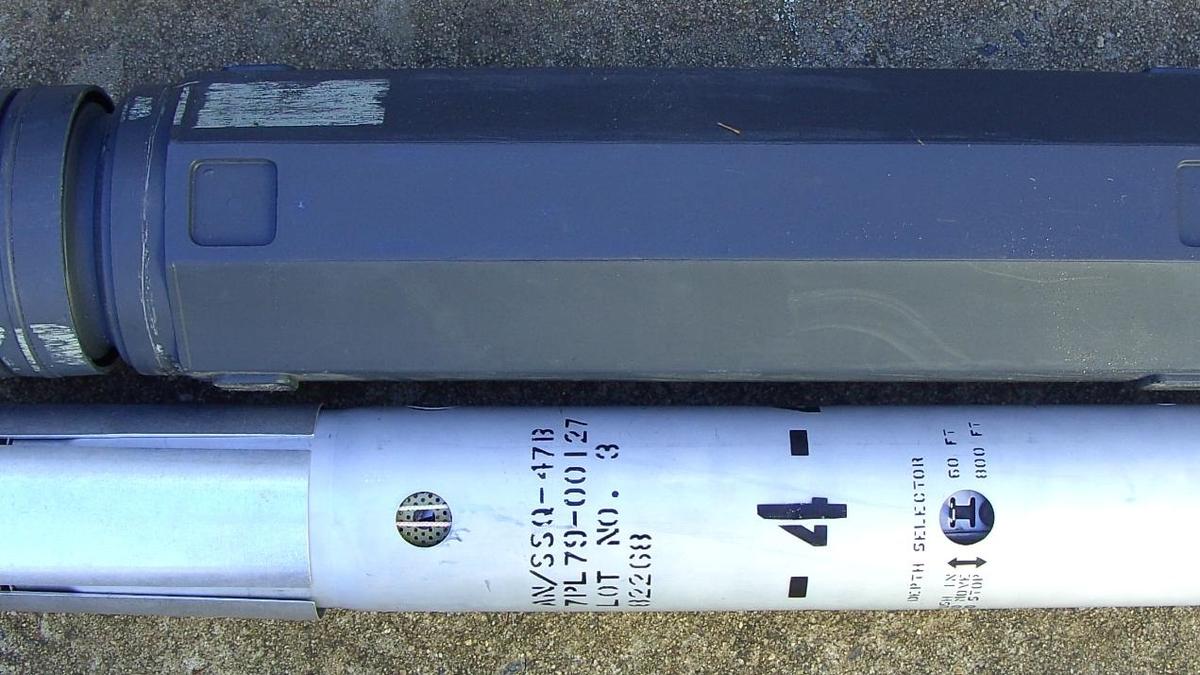In a significant move to enhance defense collaboration, India and the United States have entered into an agreement to jointly manufacture interoperable sonobuoys for the Indian Navy. Sonobuoys are vital tools used for detecting submarines and other underwater threats, playing a crucial role in naval defense operations.
Impact on the Indian Navy’s Operational Capabilities
This partnership is expected to strengthen the operational capabilities of the Indian Navy by providing advanced sonobuoy technology that is compatible with both Indian and U.S. naval systems. The collaboration will enhance the Navy’s ability to detect and track underwater threats more effectively.
Strategic Significance
The decision to jointly manufacture sonobuoys comes at a time when both India and the U.S. are focused on strengthening their defense ties and addressing shared security concerns, particularly in the Indo-Pacific region. This collaboration is seen as a step forward in the strategic defense relationship between the two nations.
Technology Transfer and Skill Development
In addition to improving technological prowess, this partnership will create opportunities for technology transfer and skill development in India’s defense sector. It also aligns with India’s broader efforts to modernize its defense capabilities and reduce reliance on foreign imports.
Future Prospects
The joint manufacturing effort is expected to pave the way for more such initiatives between India and the U.S. in the future, enhancing maritime security and ensuring better coordination between their naval forces in the Indo-Pacific region.
Multiple-Choice Questions (MCQs):
1. What is the main purpose of the joint sonobuoy manufacturing agreement between India and the United States?
A) To improve air defense capabilities
B) To enhance submarine detection and underwater threat identification
C) To develop new aircraft for the Indian Navy
D) To build more naval ships
Answer: B) To enhance submarine detection and underwater threat identification
2. How will the joint manufacturing of sonobuoys benefit the Indian Navy?
A) By providing technology compatible with both Indian and U.S. naval systems
B) By increasing the number of submarines in the Indian Navy
C) By improving aerial defense systems
D) By reducing the need for foreign naval alliances
Answer: A) By providing technology compatible with both Indian and U.S. naval systems
3. What strategic region does the India-U.S. defense collaboration primarily focus on?
A) The Middle East
B) The Indo-Pacific region
C) The Arctic region
D) The European Union
Answer: B) The Indo-Pacific region
4. What additional benefits does the joint manufacturing agreement offer to India?
A) Reduced naval expenditures
B) Technology transfer and skill development in the defense sector
C) Increased import of foreign defense equipment
D) Expansion of the air force
Answer: B) Technology transfer and skill development in the defense sector
5. What long-term goal does this collaboration align with for India?
A) Expanding its military alliances with European countries
B) Modernizing defense capabilities and reducing reliance on foreign imports
C) Developing new nuclear weapons
D) Increasing its naval fleet size
Answer: B) Modernizing defense capabilities and reducing reliance on foreign imports
